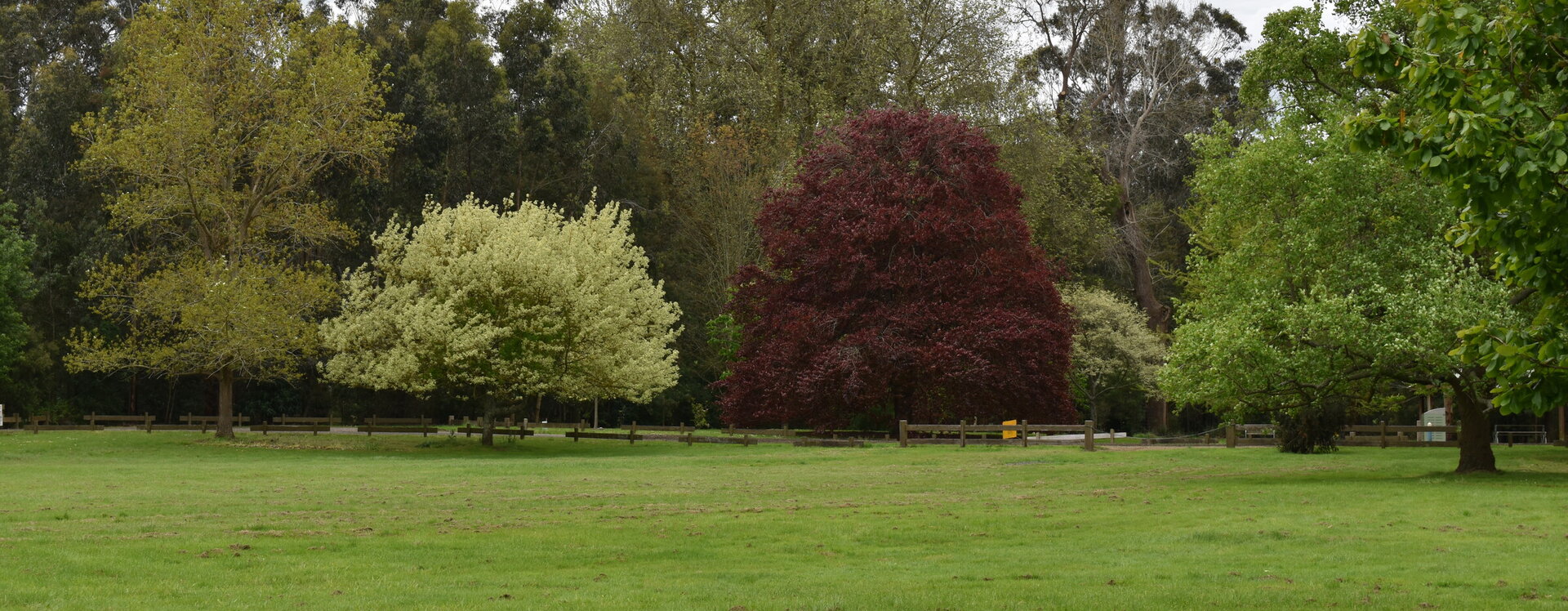

Quercus velutina
Quercus
Quercus velutina, common name black oak, is a species of oak native and widespread in eastern and central North America. In the northern part of its range, black oak is a relatively small tree, reaching a height of 20–25 m and a diameter of 90 cm, but it grows larger in the south and center of its range, where heights of up to 42 m are known. The leaves of the black oak are alternately arranged on the twig and are 10–20 cm long with 5–7 bristle-tipped lobes separated by deep U-shaped notches. The upper surface of the leaf is a shiny deep green, the lower is yellowish-brown. There are also stellate hairs on the underside of the leaf that grow in clumps. Some key characteristics for identification include that leaves grown in the sun have very deep u-shaped sinuses and that the buds are velvety and covered in white hairs. The inner bark of the black oak contains a yellow-orange coloring from the pigment quercitron, which was sold commercially in Europe until the 1940s. Black oak is monoecious. The staminate flowers develop from leaf axils of the previous year and the catkins emerge before or at the same time as the current leaves in April or May. The pistillate flowers are borne in the axils of the current year's leaves and may be solitary or occur in two- to many-flowered spikes. The fruit, an acorn that occurs singly or in clusters of two to five, is about one-third enclosed in a scaly cup and matures in 2 years. Black oak acorns are brown when mature and ripen from late August to late October, depending on geographic location. The fruits or acorns of the black oak are medium-sized and broadly rounded. The cap is large and covers almost half of the nut. Our tree was planted in 2019.
230.00 Location B3 Latitude; -38.401862000000 Longitude;146.051298000000

